By Fiona Wren, EPt
In 2010 ECO Canada examined the emerging trends in the environmental sector, including energy efficiency.
Our take: the sub-sector was primed for growth, with government initiatives funding programs that required emerging skills.
Six years later, the industry continues to evolve. But have municipal, provincial and federal governments kept up their enthusiasm for energy efficiency?
Federal Government Initiatives
In 2011, National Resources Canada launched the ecoEnergy Innovation Initiative, a program designed to encourage Canadians to be more energy efficient “at home, at work, and on the road.”
The program has encouraged homeowners to make energy-efficient choices in renovations and upgrades, through rebates and incentive programs such as the EnerGuide Rating System.
From an industry perspective, ecoEnergy’s Local Energy Efficiency Programs (LEEP) help groups of homebuilders implement new technology. The R2000 Net Zero Energy Pilot Program encourages industry innovators to explore ways to build net-zero energy homes — homebuilders across the country have taken up the challenge.
The R2000 standard itself highlights an interesting trend in energy efficiency standards — like others, it’s voluntary. ENERGY STAR is perhaps the best known to Canadian consumers, but a 2014 report notes that there were 39 provincial, territorial and municipal utility and industry home-labelling programs across the country. These programs helped consumers make educated choices and supported consume rebates from utilities and other organizations.
2016 and the Low-Carbon Economy
The current federal government released their budget in 2016, earmarking $2 billion towards a low-carbon economy, which aims to support provincial and territorial efforts to reduce greenhouse gas emissions.
The budget also earmarks $50-million over two years to support clean technology investments in the traditional resource sector.
Provincial Initiatives
Several provinces offer incentive programs to encourage homeowners and businesses to reduce energy consumption.
In Newfoundland, for example, homeowners who retrofit their home using energy-efficient materials and technology can receive rebates to defray costs (similar to the now-defunct ecoENERGY home retrofit program).
In February, Ontario announced plans for a home-retrofit rebate program as well.
Look to the Cities
The Federation of Canadian Municipalities has repeatedly stated that cities are key to changing national energy consumption patterns, and various municipalities across the country have implemented programs to reduce their footprint.
Vancouver has emerged as a leader in energy conservation thanks to its “Greenest City Action Plan.” The initiative challenges residents and businesses alike to reduce carbon emissions, with an overall goal of a 30% reduction by 2020. The Plan includes a variety of programs and includes guidelines for businesses and residential developers to follow in making more sustainable operational and design choices.
In Halifax, homeowners can apply for municipal financing to help fund solar-powered water heating systems. The award-winning HAT Smart program, in Medicine Hat, provides resources and information for homeowners who want to reduce energy consumption.
Most municipalities have also implemented plans to make operations more energy efficient, whether through adhering to energy-efficiency building guidelines, choosing power derived from renewable resources, or other initiatives.
The Ripple Effect
In 2010, we predicted the government’s commitment to energy efficiency would create business opportunities in the environmental sector, especially for those involved in helping consumers take advantage of rebates. And it has — domestically, the industry has created thousands of jobs across the country.
However, the 2016 Canadian Clean Technology Industry Report suggests Canada’s clean-energy industry is falling behind the world in terms of market share, in part because our efforts to innovate have focused on the energy sector, which has reduced capital expenditures dramatically in the past few years.
The report suggests there’s plenty of room for improvement in Canada, including the opportunity for policies that allow energy-efficiency innovators from other sub-sectors to more easily access funding, or changing the criteria of bidding processes to account for clean-energy investments for their entire life cycle.
What do you think? Do you see opportunities to improve our energy efficiency, through policies or innovation?



